Specifications
| Discharge Performance Item | Test Conditions | Performance Parameters |
|---|---|---|
| Internal Battery Discharge Rated Energy | CC 0.2C | ≥1700Wh |
| 1.5V Discharge Rated Capacity | CC 0.2C | ≥1000mAh |
| Rated Discharge Voltage | VLIB>3.3V, Iout=0.2A, TB<55℃ | 1.5±0.05V |
| Rated Regulated Discharge Current | 5-hour rate discharge rated energy test current | 200mA |
| Charge Performance Item | Test Conditions | Performance Parameters |
| Rated Charging Input Voltage | Ta≤35℃, TB≤40℃ | DC5.0V±0.3V |
| Charging Mode Start Voltage | VLIB≤4V, TB≤40℃ | DC4.0V±0.2V |
| Charging Protection Lock Voltage | Vin>6V | DC6.5V±0.5V |
| Maximum Charging Current | Vin=5V, TB≤40℃ | ≤500mA |
Features
- 5V Regulated Discharge
It provides a stable 1.5V output voltage to meet the power requirements of various electronic devices. Additionally, it offers low battery level indication and performs regulated discharge when the battery level drops to5V
- Standard Size Compatibility
The external electrode and structural dimensions of the battery comply with the GB/T 8897.2 (IEC 60086-2) standard, making it compatible with common R6 (known as AA in the United States) batteries. This means they can directly replace existing batteries without modifying the devices.
- Parallel and Series Protection
It can support mixed use of new and old batteries in parallel and series, with anti-reverse protection to ensure mutual protection among batteries within the battery pack.
- Over-Discharge and Thermal Protection
Equipped with protection against over-discharge, forced discharge, discharge overload, and discharge overheating to ensure safe battery usage in various circumstances.
- Charging Functionality
It can support a rated charging voltage of DC5V, with an onboard LED indicator for charging status. The complete charging time is less than 2 hours to meet the demand for fast charging and also supports emergency charging use.
Hardware Architecture
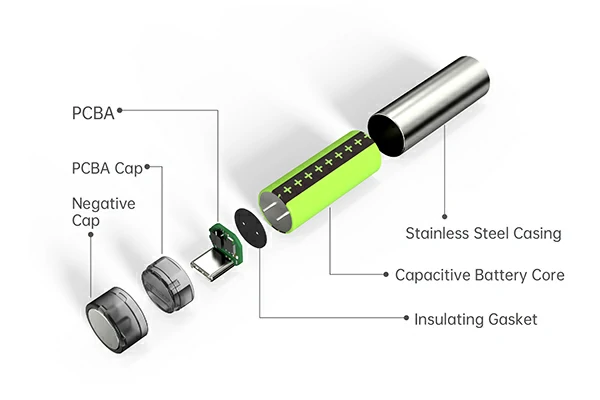
Key Material Advantages
| Material Names | Features | Advantages |
|---|---|---|
| Lithium Battery Protection Chip | An independently developed lithium conversion dry chip with built-in complete charge and discharge management and protection. It provides regulated discharge and has a low standby power consumption as low as 6μA (typical). | Being familiar with the parameters of our own chip, the self-designed PCB can better leverage the product’s performance and has been adopted by various well-known top-tier brands. |
Frequently Asked Questions
- In which scenarios are cylindrical rechargeable lithium batteries not suitable?
It is not recommended to use cylindrical lithium-ion batteries in smart anti-theft door locks. This is because the lithium-ion battery provides a constant voltage discharge of 1.5V, and the door lock cannot monitor the change in battery level. As a result, the associated mobile app may continuously display a full charge status, potentially leading to a power outage and inability to unlock the door.
- Can cylindrical rechargeable lithium batteries be disassembled?
t is not recommended for non-professionals to disassemble the batteries as it can lead to short circuits and damage.
- Can Type-C charging cylindrical lithium batteries be continuously plugged in for charging without removing them?
It is not recommended to keep the battery in a constantly charging state. If it is not used for an extended period, the battery should be discharged and stored, and it is advisable to perform a charge and discharge cycle every three months.
- Are there any specific precautions to be taken when using Type-C charging cylindrical lithium batteries?
Before use, do not remove the battery from its original packaging and store it in compliance with regulations. Do not place the batteries scattered together to avoid accidental short circuits. Do not expose the battery to temperatures above 100°C or burn it. It is strictly prohibited to charge, force discharge, squeeze, or puncture disposable lithium batteries.

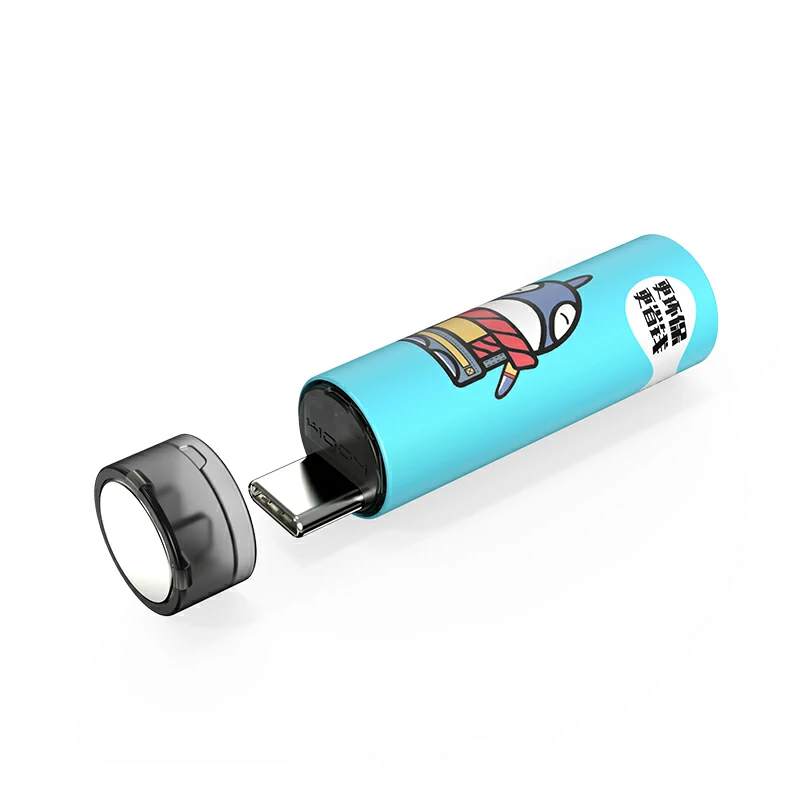
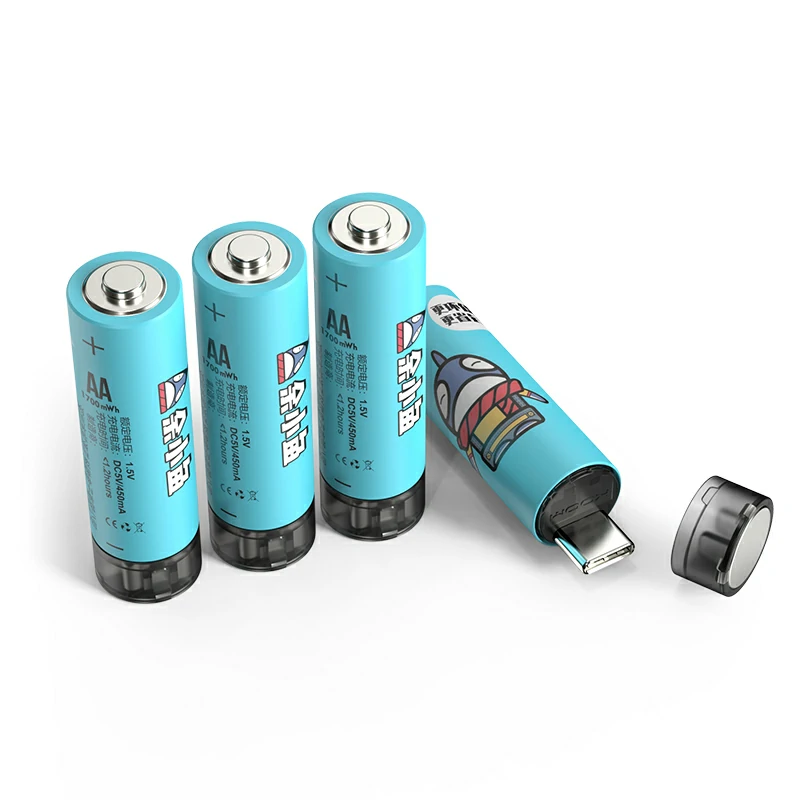
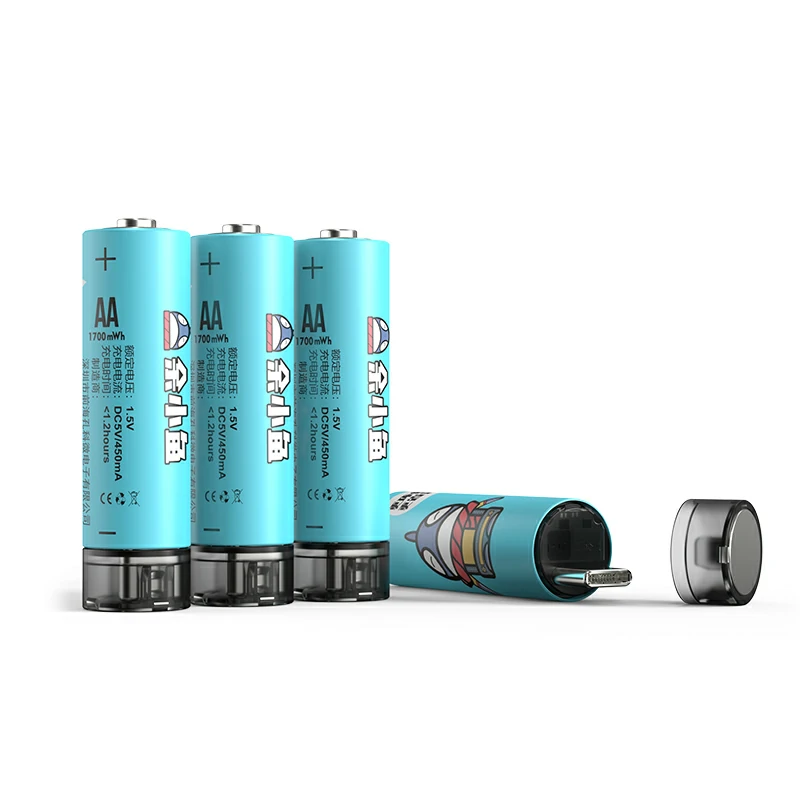
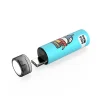

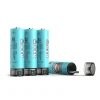
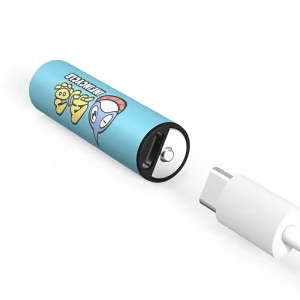
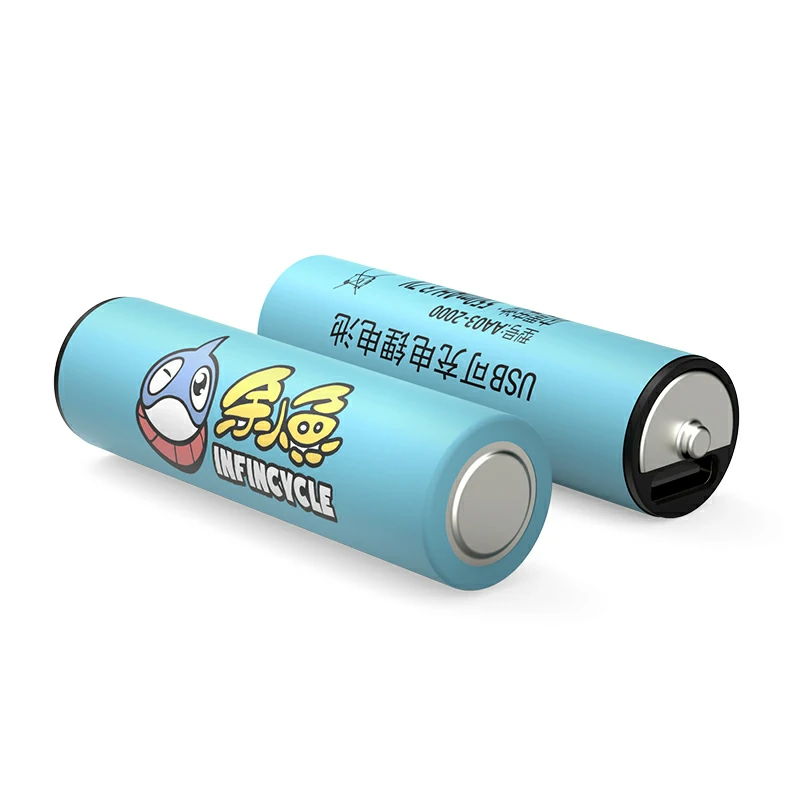
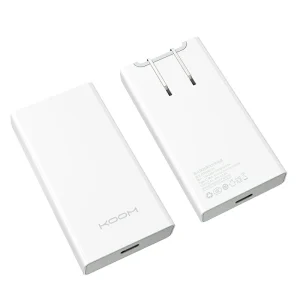
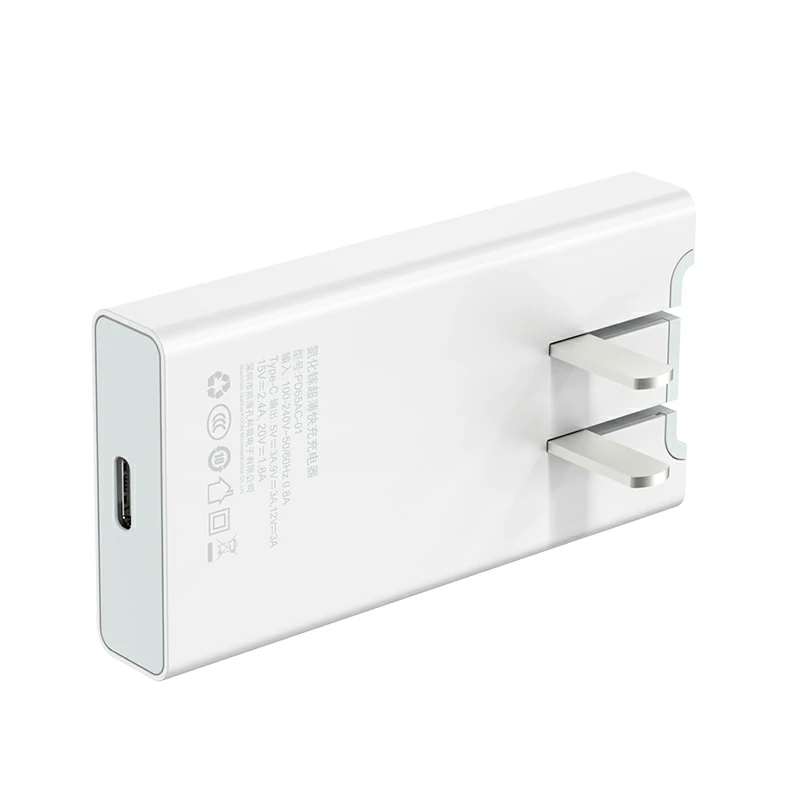
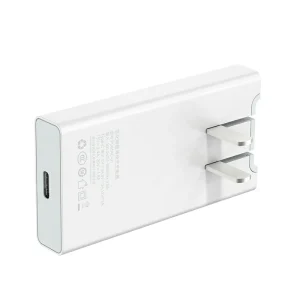
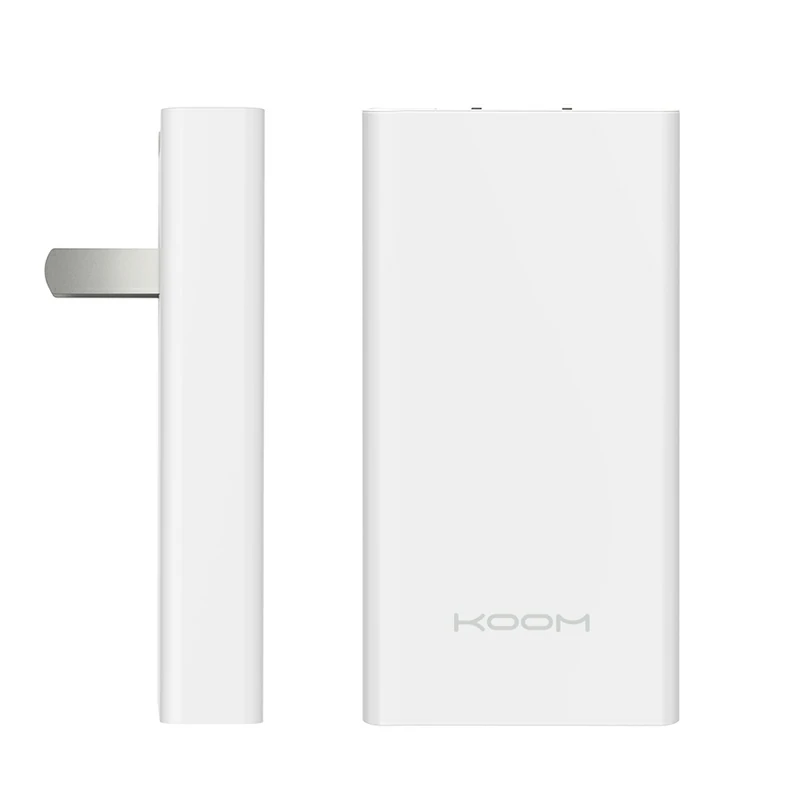
Reviews
There are no reviews yet.